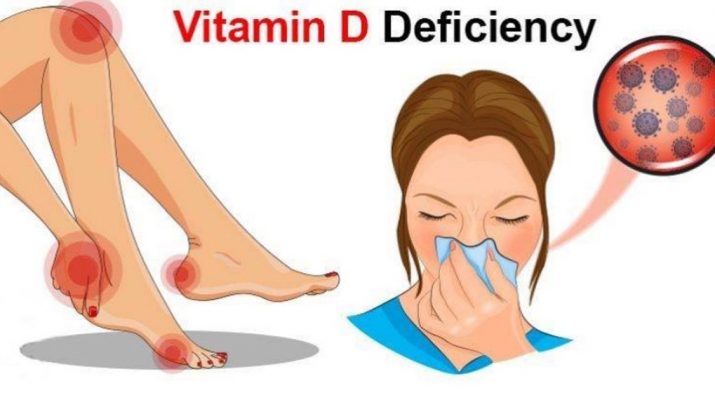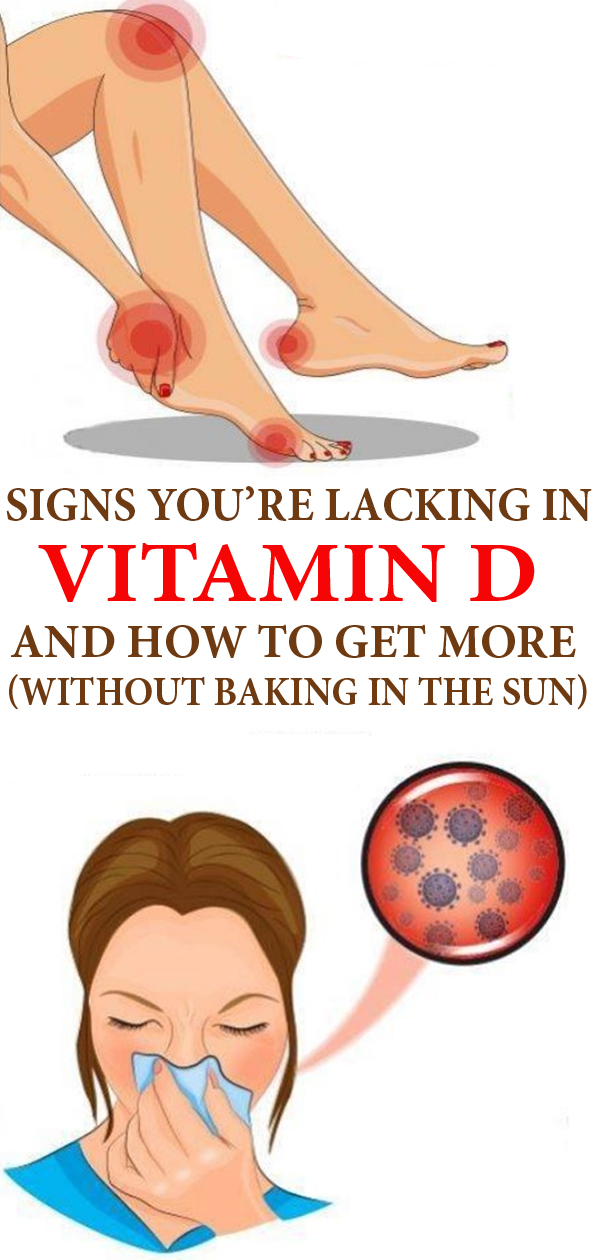Even though it is readily available and crucial for our body to fight disease, almost half of the American population is deficient in vitamin D.
This deficiency is also known as the hidden cause of numerous chronic preventable diseases, such as heart disease, diabetes, depression, muscle pain, osteoporosis, many cancers, fibromyalgia, osteoporosis, osteopenia (bone loss) and even autoimmune diseases.
Dr.Mercola claims:
“A growing body of evidence shows that vitamin D plays a crucial role in disease prevention and maintaining optimal health. There are about 30,000 genes in your body, and vitamin D affects nearly 3,000 of them, as well as vitamin D receptors located throughout your body.”
Namely, vitamin D acts as a hormone and gene modulator, limiting cancerous cell growth and boosting cell differentiation. Therefore, it effectively inhibits cancer growth, especially breast, colon, prostate, and ovarian cancer.
Also, it prevents infections, common colds, and the flu, and scientists have found that people who are lower in it are more prone to weight gain.
The primary source of vitamin D for our body is the exposure to sunlight. Exposure to sunlight that makes our skin slightly red triggers the production of 10,000 to 25,000 international units (IU) of Vitamin D in our bodies.
Autoimmune diseases like lupus, type 1 diabetes, multiple sclerosis, inflammatory bowel disease, and rheumatoid arthritis are very rare in people from certain parts of the world who have blood levels of vitamin D between 42 and 65 ng/mL (105 and 163 nmol/L).
According to the online British newspaper Health Spectator:
“When the sun goes into hiding, it’s difficult to achieve that through food alone. Why do we need vitamin D? Well, it regulates the calcium and phosphate in the body, making it vital for bone, muscle and tooth development and growth.
A lack of it can lead to a higher risk of bone disease and fracture and, in the worst cases, rickets. There are also studies that suggest vitamin D can help the battle against cancers, cardiovascular disease and multiple sclerosis.”
These are the most common signs of vitamin D deficiency:
- Muscle pain
- Frequent infections
- Hair loss
- Chronic fatigue
- Low mood
- Back pain and/or joint pain
- Slow wound healing
- Loss of bone density
In order to correct this deficiency, you should follow these tips:
— Test your 25-OH Vitamin D levels, and note that while normal ranges are between 10-55 ng/ml, but optimal ranges for optimal health are between 40-65 ng/ml.
— Take vitamin D3 supplements, since it is the active form of this vitamin
— Supplement with 2000 – 5000 IU of Vitamin D3 daily for 3 months to optimize your vitamin D levels, and afterward, continue with a dose of 1000 – 2000 IU daily
— Increase the intake of foods rich in vitamin D, such as whole eggs, wild salmon, fish liver oils, porcini mushrooms, and mackerel
Since the role of this vitamin is crucial for our health, make sure you do your best to optimize its levels and improve your overall health!


